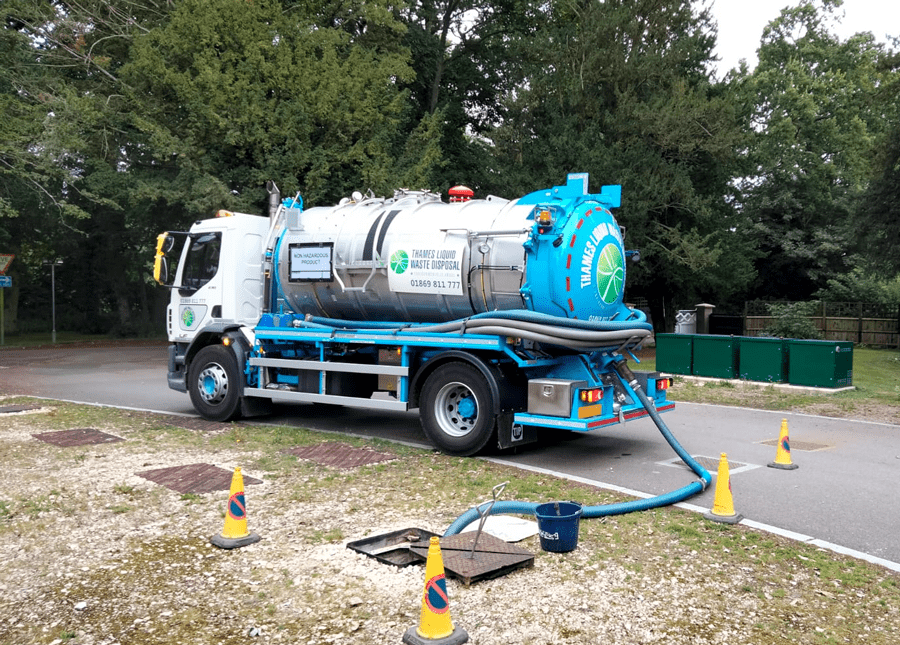Reclaim Waste - An Overview
Table of ContentsEverything about Reclaim WasteThe Basic Principles Of Reclaim Waste Get This Report about Reclaim WasteThe 4-Minute Rule for Reclaim WasteThe Main Principles Of Reclaim Waste
Domestic sewer waste refers to the waste and products from a residential septic container. The correct monitoring and disposal of domestic sewage waste call for liquid waste to be transferred to a sewage therapy plant where the appropriate techniques and tools are applied to detoxify and dispose of waste.
Industrial waste usually includes prospective dangers, such as flammable materials or a blend of liquid and strong waste products, and requires a more innovative and in-depth disposal process. The disposal of industrial waste typically entails the filtration of waste before transportation to make certain safe and appropriate disposal. Industrial waste is produced from results and runoff of commercial processes and production.
This kind of waste can not utilize the exact same sewer administration transport or processes as septic or industrial liquids. The hazardous waste administration process needs the assessment and testing of fluid waste before it undertakes the disposal process (industrial wastewater treatment). Drainage waste is the fluid waste that comes from runoff and excess stormwater in very populated areas or cities
Runoff waste can create contamination and flooding if not managed correctly. Guaranteeing appropriate waste management can stop calamities and reduce environmental damage.
The Reclaim Waste Ideas
Contact PROS Providers today to discover our waste management and disposal solutions and the correct ways to care for the fluid waste you generate.
(https://moz.com/community/q/user/reclaimwaste1)Do you know what takes place to your water when you disengage, flush the commode or drain pipes the washing machine? No? Well, it deserves understanding. This supposed 'wastewater' is not just a vital source however, after therapy, will be released to our land, rivers or the ocean. Made use of water from toilets, showers, bathrooms, kitchen area sinks, laundries and commercial processes is called wastewater.

water made use of to cool machinery or clean plant and tools). Stormwater, a type of wastewater, is overflow that flows from farming and city areas such as roof coverings, parks, yards, roads, courses and rain gutters into stormwater drains pipes, after rain. Stormwater streams untreated directly to neighborhood creeks or rivers, ultimately reaching the ocean.
The Single Strategy To Use For Reclaim Waste
In Queensland, many wastewater is dealt with at sewer therapy plants. Wastewater is transported from residential or industrial websites with a system of sewage systems and pump stations, understood as sewage reticulation, to a sewer treatment plant. City governments build, maintain and operate most sewer treatment plants. Operators are certified under the Environmental Management Act 1994 to discharge cured wastewater at an appropriate ecological requirement right into rivers.
The Department of Natural Resources suggests local governments about handling, operating and preserving sewage systems and treatment plants. In unsewered areas, neighborhood governments may call for householders to mount specific or household sewage treatment systems to treat residential wastewater from bathrooms, kitchen areas, shower rooms and washings. The Department of Natural Resources authorizes the usage of family systems when they are shown to be reliable.
The majority of stormwater receives no treatment. In some new class, treatment of some stormwater to eliminate litter, sand and gravel has begun using gross contaminant catches. Wastewater therapy happens in four stages: Gets rid of solid matter. Larger solids, such as plastics and various other things wrongly released to sewage systems, are gotten rid of when wastewater is passed through displays.
Uses little living organisms recognizes as micro-organisms to break down and eliminate remaining liquified wastes and fine particles. Micro-organisms and wastes are integrated in the sludge.
The 9-Second Trick For Reclaim Waste
Nutrient elimination is not offered in all sewage treatment plants because it calls for expensive specialist equipment. It is ending up being more typical in Queensland. Clear liquid effluent produced after therapy might still contain disease-causing micro-organisms. If this effluent is launched right into waterways such as rivers or the sea, the micro-organisms will ultimately die out.

This generally implies wastewater has actually to be treated or contaminants gotten rid of prior to it can be discharged to rivers. The majority of wastewater moves right into the sewerage system. Under the Act, regional federal governments provide approvals and permits for ecologically appropriate tasks (Ages) involving wastewater launches that could have a regional effect. The division provides authorizations and licences to Ages involving wastewater launches that might have a local or statewide influence.
The Buzz on Reclaim Waste
Tracking supplies valid details concerning water top quality and can confirm that permit problems are being satisfied. The details acquired via tracking gives the basis for making water top quality decisions.